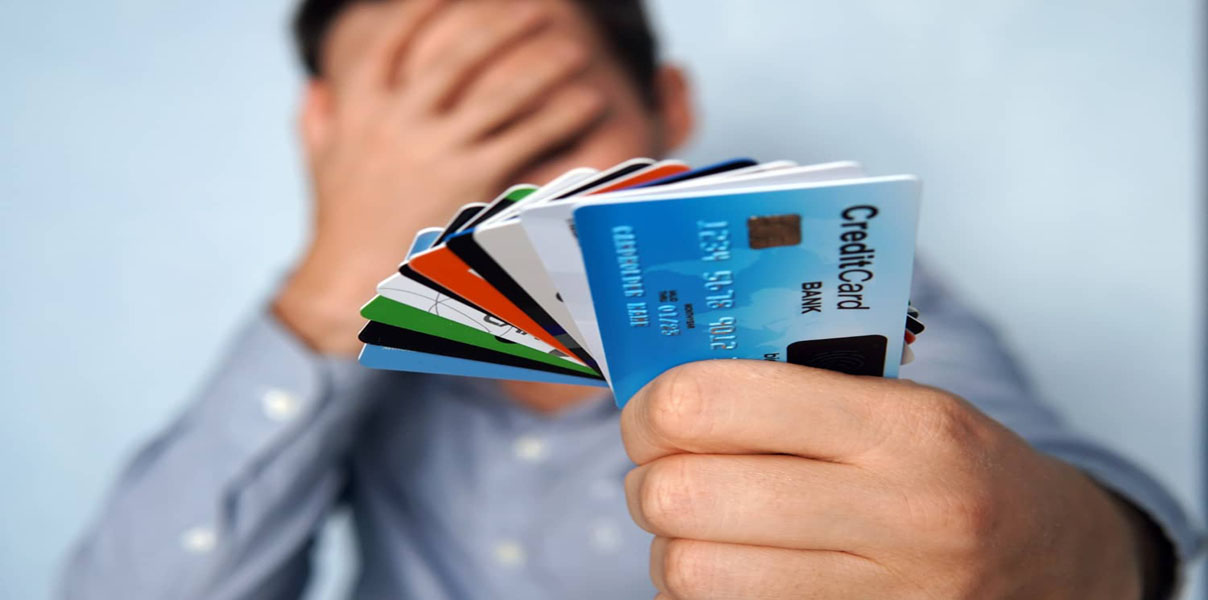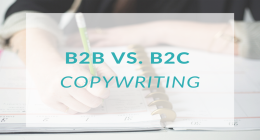The banking sector is central to many after a number of unexpected bank failures and steps taken by US regulators to bolster confidence in the financial system.
Every time the Fed raises interest rates, the lending rates that banks charge their customers tend to follow. This means that consumer debt – especially variable-rate credit card debt – will become more expensive.
“Returns on savings accounts and CDs are the best in 15 years,” said Greg McBride, director of financial analysis at Bankrate.com.
Specifically, 20.23% as of April 26. This is much higher than the 16.3% average at the beginning of 2022.
If you pay your bills in full each month, you don’t have to worry about that. But if you have a balance, and especially if you’re only paying the minimum amount owed, you’ll be spending more dollars each month on interest alone, and it’ll take longer to pay off what you owe.
Expect to see your interest rates rise in a few statements.
Your best bet is to try to find a good balance transfer card with a 0% introductory rate, and make a plan to pay off what you owe in the coming months before the high rates kick in. “Credit card interest rates are at record highs and continue to rise. Boost your repayment efforts with 0% balance transfer offers, some of which last up to 21 months. This guarantees Protects you from new rate hikes and gives you the opportunity to pay off your debt once and for all,” says McBride.
But first find out what fees, if any, you’ll be charged (such as balance transfer fees or annual fees) and what the penalties will be for late or non-payment. paid during a period of zero interest. The best strategy is to always pay off your current balance as much as possible – on time each month – before the zero interest period ends. Otherwise, any remaining balance will be subject to a new interest rate that may be higher than your previous interest rate, should interest rates continue to rise.
The best strategy is to always pay off your current balance as much as possible – on time each month – before the zero interest period ends. Otherwise, any remaining balance will be subject to a new interest rate that may be higher than your previous interest rate, should interest rates continue to rise.
If you’re not switching to a zero-interest balance card, another option might be to get a relatively low, fixed-rate personal loan.
The average personal loan rate is 10.71% as of March 8, according to Bank rate. But the best rate you can get will depend on your income, credit score, and debt-to-equity ratio. Bank rate tip: To get the best deal, get quotes from a few lenders before you fill out a loan application.
Bank rate tip: To get the best deal, get quotes from a few lenders before you fill out a loan application.









